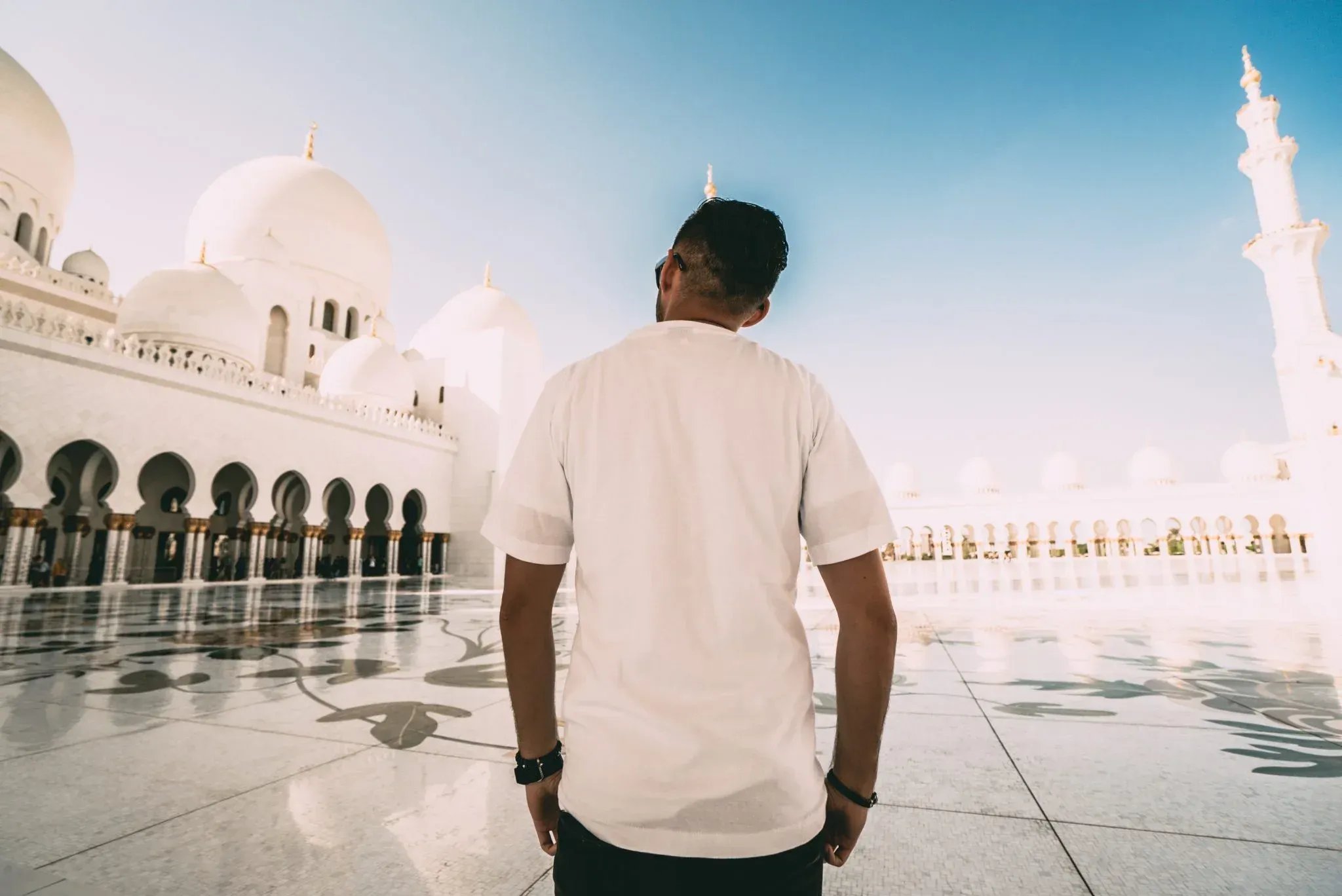
14/12/2025
Abu Dhabi Grand Mosque – a guide to the spiritual heart of the Emirates
Copy link

Discover the fascinating story of how Dubai harnesses science to bring rain to the desert and build a more sustainable future.
In Dubai and across the United Arab Emirates (UAE), cloud seeding has become a key component of water resource management strategies and combating the effects of climate change. In a region where rainfall is scarce, artificial precipitation offers a solution to water shortages, which are becoming an increasingly significant challenge. This article explores how cloud seeding works in Dubai, the technologies involved, and the goals and benefits this process brings to the region.
Cloud seeding, also known as artificial rainfall, involves introducing chemical substances (e.g., salts, silver iodide) into the atmosphere to encourage moisture condensation and trigger precipitation. In the UAE, this process is carried out using advanced weather modification technologies, such as specially equipped aircraft and drones that disperse these substances into clouds. This increases the density of clouds, enabling them to produce rain in areas that are typically very dry.
Cloud seeding in Dubai and other emirates serves several key purposes. The primary goal is to increase water resources. The UAE experiences extremely low annual rainfall, and enhancing precipitation is essential for replenishing water reservoirs. Another objective is to combat climate change. Artificial rainfall can mitigate the effects of prolonged droughts, which have become more common due to climate change. Cloud seeding also supports agriculture—while much of the UAE is desert, certain regions engage in farming activities, and increased rainfall helps improve water availability for these areas. Furthermore, heavy rainfall improves air quality by cleansing the atmosphere of dust and pollutants, which benefits residents' health.
If you're caught in rainy weather during your visit to Dubai—which is becoming more frequent thanks to cloud seeding—don’t worry! It’s a perfect opportunity to enjoy indoor attractions. Visit the Two Continents platform for a wide range of activities like the Museum of the Future or Aya Universe. Rain in Dubai is not a hindrance but an opportunity to discover new ways to enjoy this extraordinary city.
The cloud seeding technology in Dubai is highly advanced. The use of drones and aircraft to disperse salt or silver iodide is constantly evolving, with experts monitoring results in real-time and adapting techniques to current weather conditions. This technology is part of a broader rainfall management system designed to ensure sustainable water resource management across the country.

Cloud seeding significantly improves access to water, which is critical in a region with limited natural water resources. Artificial rainfall helps effectively replenish reservoirs and water retention systems, ensuring greater stability in the supply of drinking water and water used in agriculture. Additionally, rainfall induced by this technology has a positive impact on air quality, reducing particulate matter, which poses serious health risks, particularly in urban areas with high pollution levels. Furthermore, these efforts support environmental protection, as proper water resource management reduces the strain on natural water sources. This makes cloud seeding a tool that benefits both the ecosystem and the local community, showcasing how modern technologies can effectively support sustainable development and climate adaptation.
Cloud seeding in Dubai is not a one-off initiative—it is part of a long-term strategy to address the region’s environmental challenges. Over the years, numerous cloud seeding operations have been conducted, resulting in increased rainfall during typically dry months. These outcomes demonstrate that cloud seeding technology is an effective tool for addressing water shortages.
See other news

14/12/2025
Abu Dhabi Grand Mosque – a guide to the spiritual heart of the Emirates

14/12/2025
Is Abu Dhabi safe?
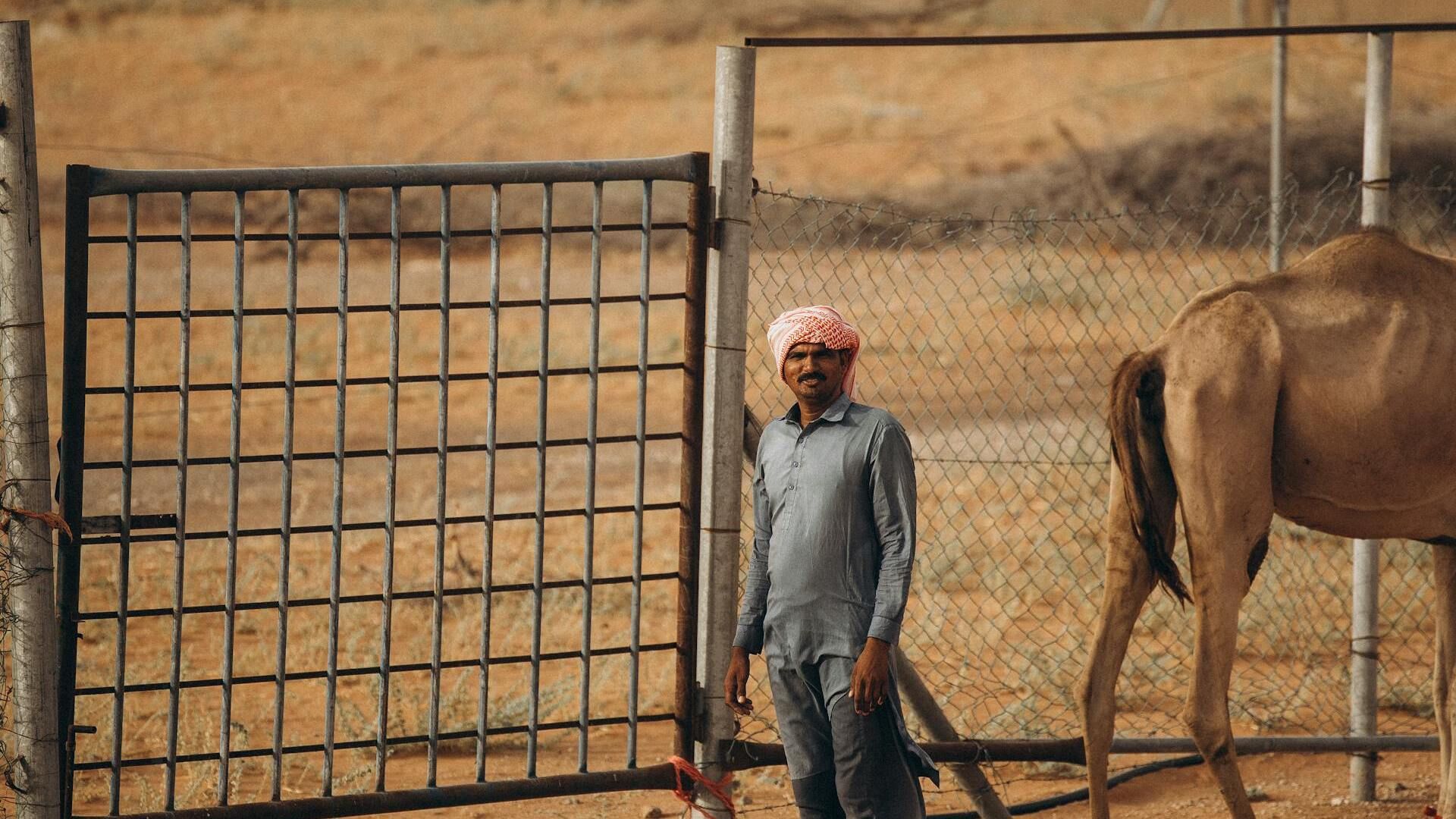
14/12/2025
UNESCO sites in the UAE
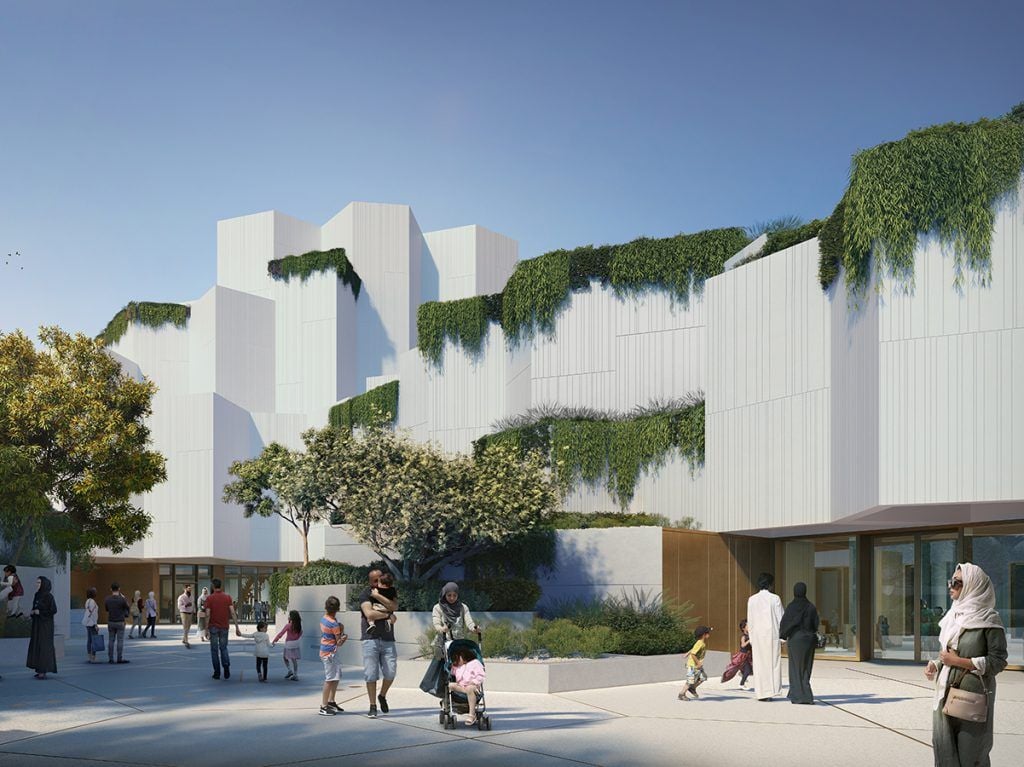
13/12/2025
A natural history museum has opened in Abu Dhabi
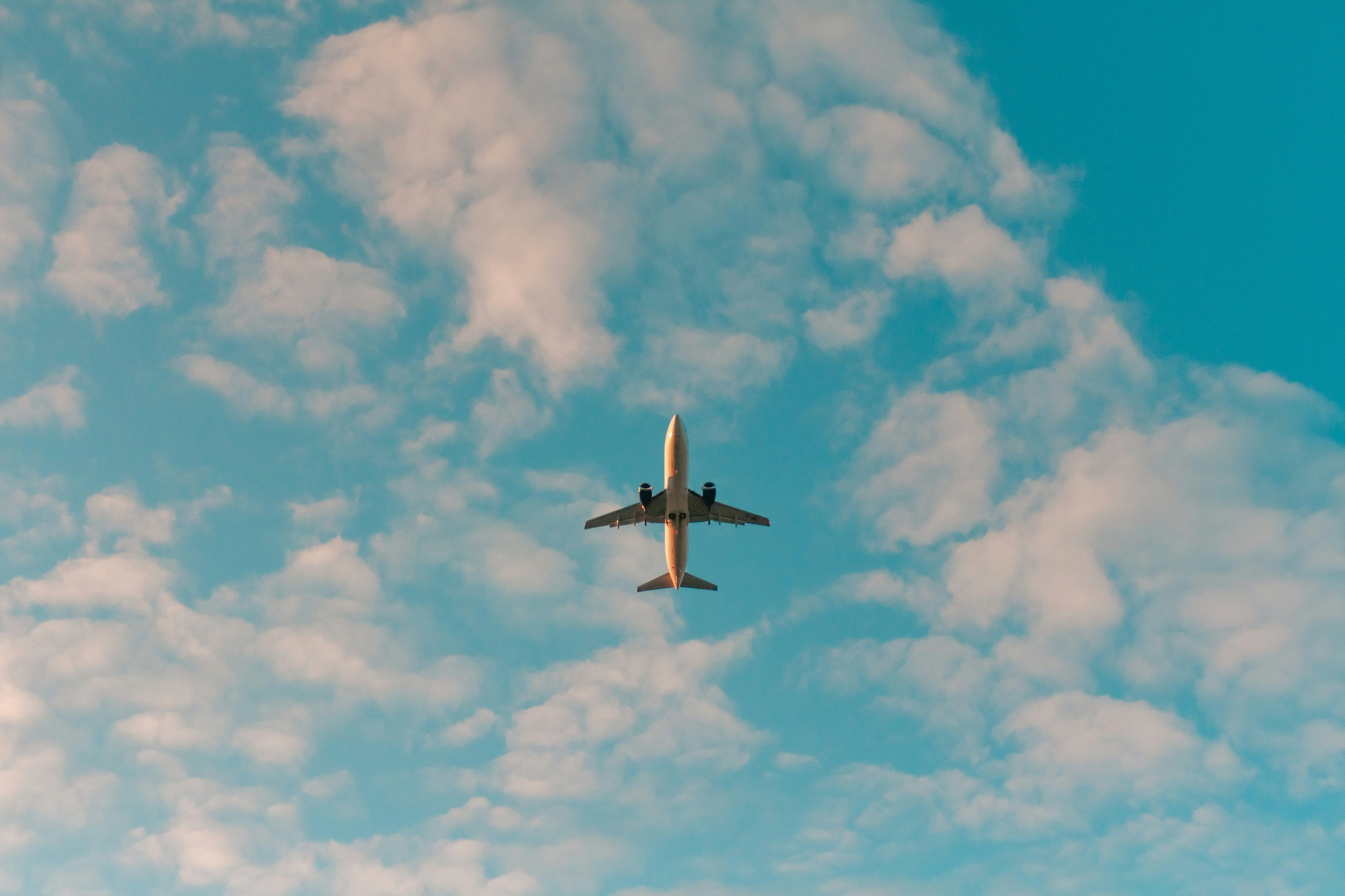
13/12/2025
Poznan Airport has already handled 4 million passengers in 2025

13/12/2025
Record number of flights between Warsaw and Toronto in 2026

13/12/2025
The United States will check tourists' social media accounts

13/12/2025
Krakow is the cleanest city in the world
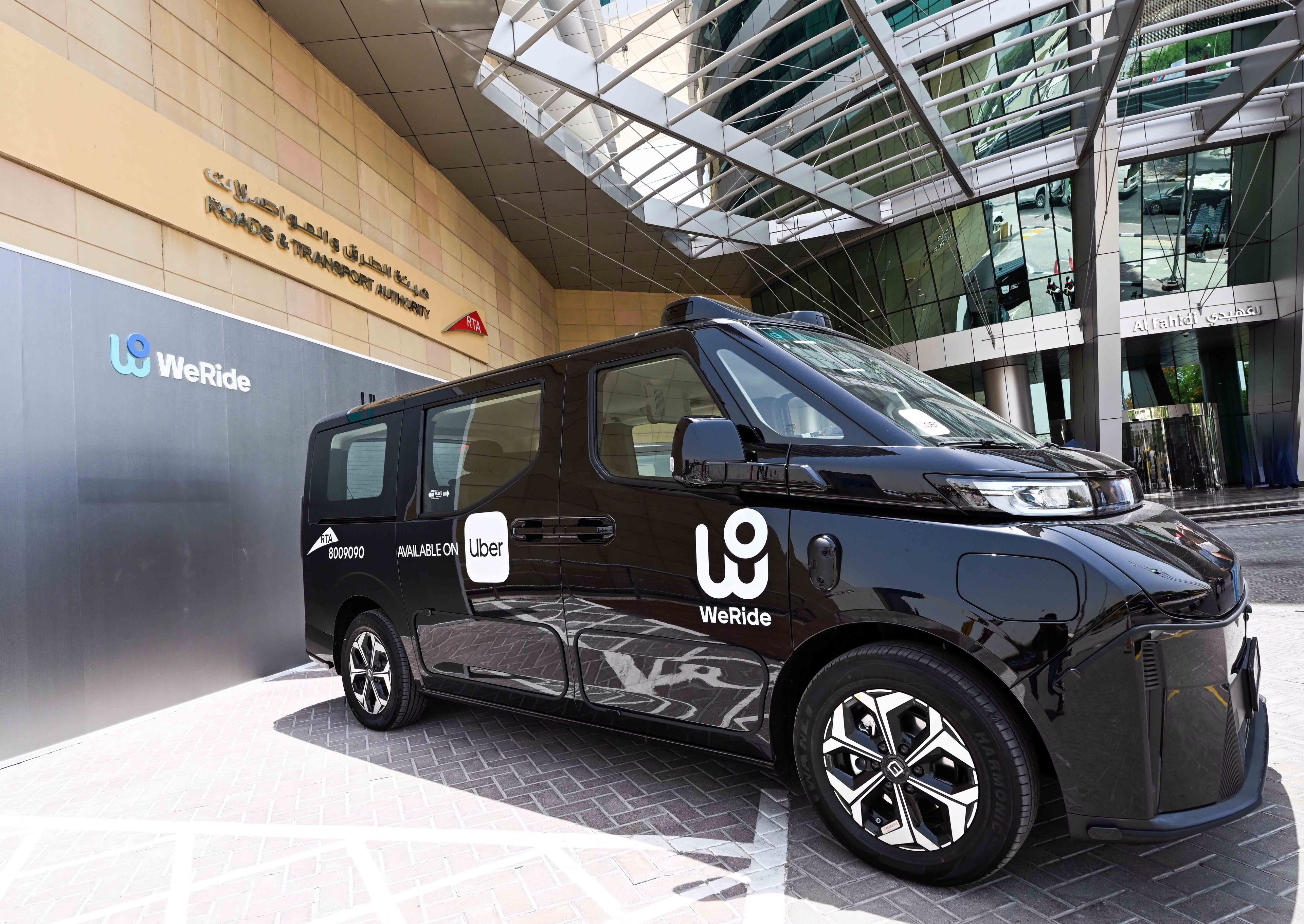
13/12/2025
In Dubai, you can now order driverless autonomous taxis using an app

13/12/2025
New Year's Day will be a public holiday in Dubai